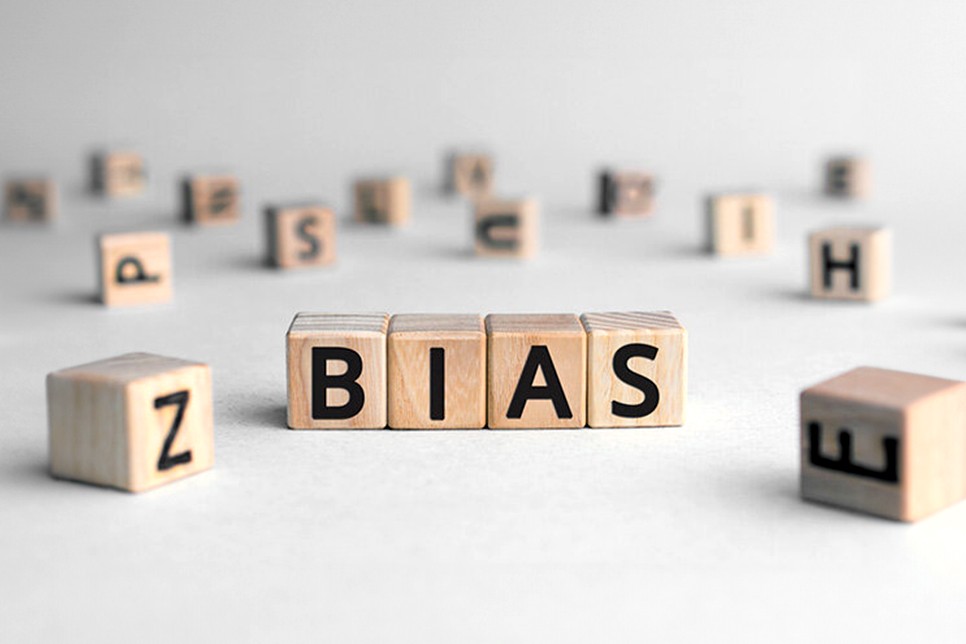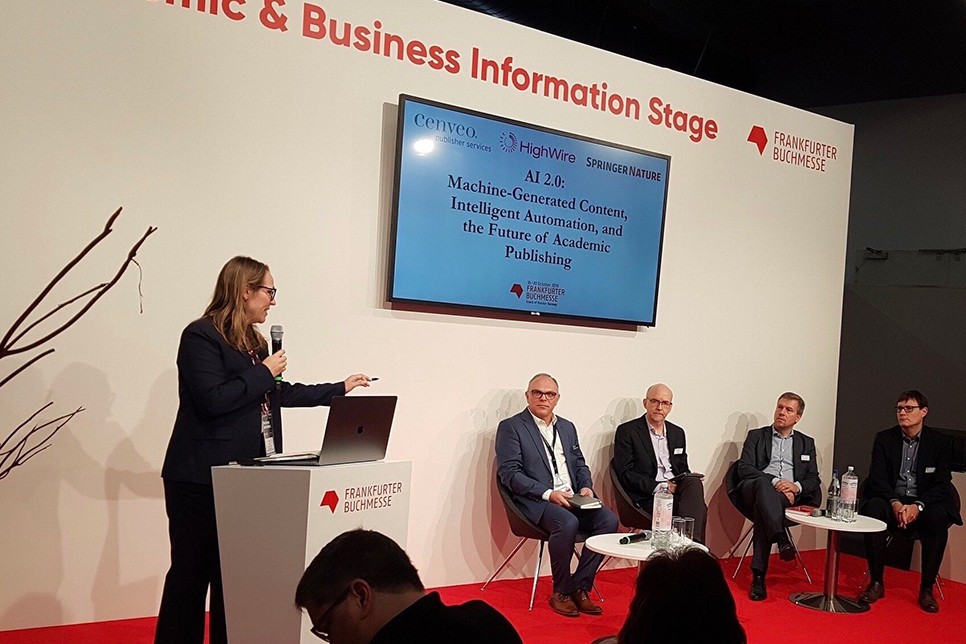
The American philosopher and linguist Noam Chomsky once famously said: “A language is not just words. It’s a culture, a tradition, a unification of a community, a whole history that creates what a community is. It’s all embodied in a language.”

Much has been written lately about the rush to quickly make new coronavirus research available to the medical community, government agencies, and the concerned public. Recent news and analysis ranges from scholarly publishers working together to maximize the efficiency of peer review, to a demand for conclusiveness against an “infodemic” of both accurate and inaccurate guidance, to our own observations that preprints and media attention are driving rapid publication like never before.

During the Frankfurt Book Fair, we teamed up with Springer Nature to host a panel debate entitled “AI 2.0: Machine-Generated Content, Intelligent Automation, and the Future of Academic Publishing” in which speakers from KGL (Cenveo at the time), HighWire Press, and Springer Nature explored ways in which publishers are implementing artificial intelligence and machine learning.

Every year at the Frankfurt Book Fair, there is a buzzword or phrase that continues to pop up on panels, in articles, and in conversations and meetings. In the past, we have seen ‘big data’ and ‘blockchain’ dominate the headlines, but this year’s buzz word (or acronym) was ‘AI,’ as publishers, information professionals, service providers, and the media debated how this technology can be used in the industry.

Over the course of the last five years, AI, natural language processing (NLP), and machine learning (ML) have been much talked about, as well as trialed and tested, in the publishing industry. These technologies are often the focus of panel discussions at conferences such as this one, discussions that have illustrated how AI could be used for a variety of purposes: discovery, peer review, bestseller predictions, and, perhaps most importantly, improving publisher efficiency.

In recent years, publishers have begun to utilize advances in artificial intelligence (AI) and machine learning to significantly change their businesses for the better. Though some innovations, such as using an algorithm to predict if a book will be a bestseller, have gotten more news coverage, AI and machine learning have been incredibly useful to publishers to help process user data to better understand the marketplace, to improve peer review, to help with workflow, and even to create new products. Here are some of the most notable current trends we have observed:

Recently we teamed up with Publishing Executive magazine to host an informative and enlightening webinar entitled “How Artificial Intelligence and Natural Language Processing Can Increase the Speed and Quality of Publishing”, which explored current use cases and future applications of AI and NLP.

For quite a few years, artificial intelligence seemed like just another buzzy term with vague implications on the publishing industry. But now, publishers are putting it into action. Through a range of applications, AI and natural language processing are being used by publishers to streamline workflows, produce higher-quality content, and improve the author experience.

You may have heard how artificial intelligence (AI) is being deployed within the information industry to combat fake news, detect plagiarism, and even recommend content to users. Until now however, AI has had minimal impact on the content creation and editorial functions of the publishing ecosystem.










